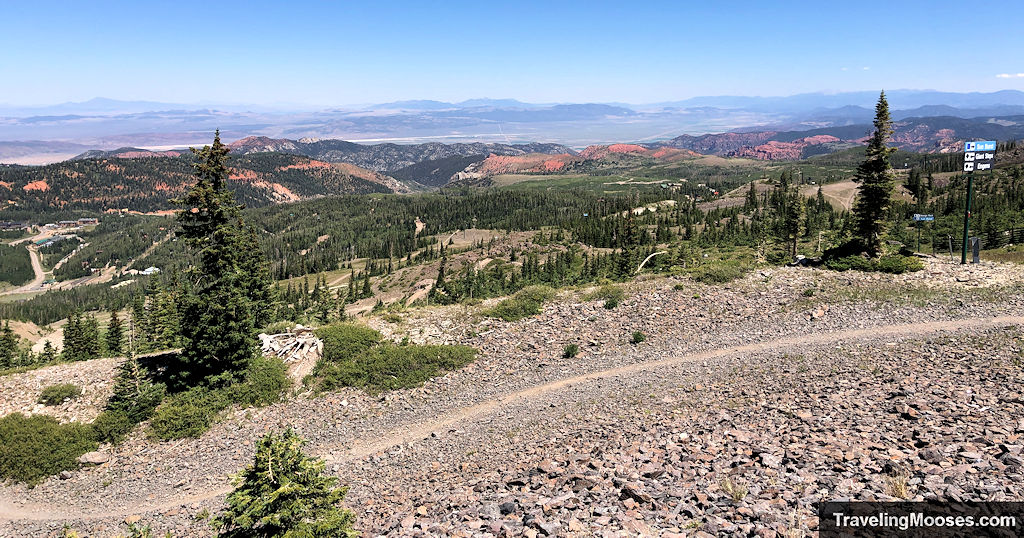Brian Head is one of the easiest summer escapes in southern Utah — cool mountain air, quiet trails, and a laid-back pace at 10,000 feet. We spent four days hiking the Cedar Breaks rim, biking Color Flow, exploring backroads on an OHV, and poking around the small towns nearby. It was enough to see what a real summer trip here feels like: big views, low crowds, and a mix of memorable highlights and a few surprises we wish we’d known ahead of time.
Quick Takeaways
- Brian Head in summer is all about high-elevation trails, breezy temps, and quick access to Cedar Breaks without the Bryce crowds.
- Cedar Breaks delivers some of the best rim hiking in the region.
- Downhill biking, scenic views and OHV trails are top attractions for the area
- Most of Brian Head is within a one mile radius, so it’s walkable in the summer, but sidewalks are hard to find
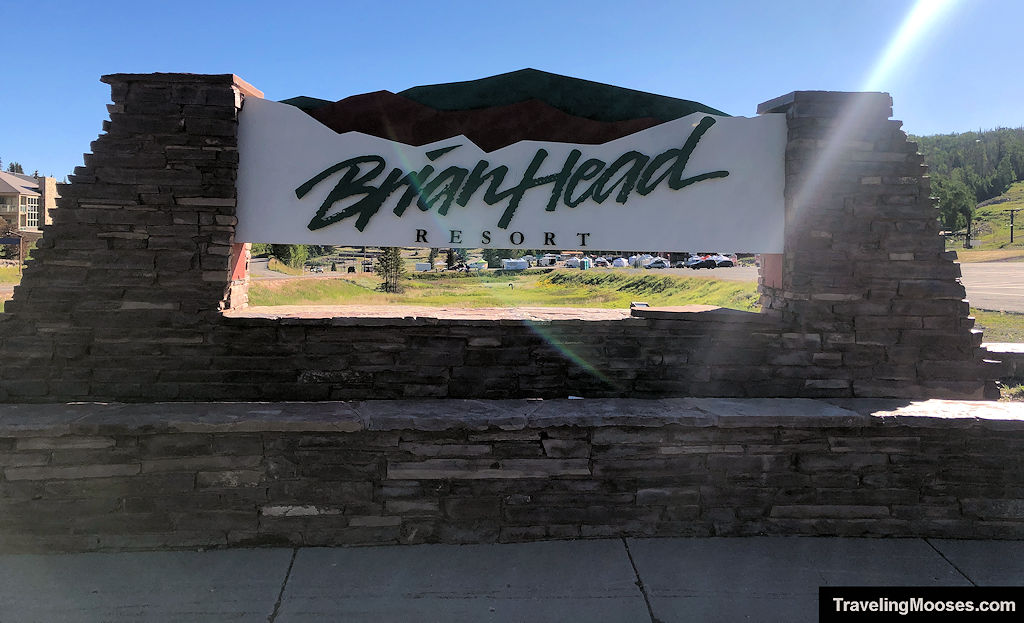
Visiting Brian Head in the Summer
Summer in Brian Head feels like a completely different world from winter. Instead of snow-packed streets and ski shuttles, you get quiet forest roads, wildflowers, and cool mountain air while the rest of Utah bakes. The entire town is compact, but having a walkable base across from Giant Steps Lodge makes exploring even easier.
You can pack a lot into a few days — hiking, biking, scenic drives, parks, OHV routes, and quick side trips — without ever feeling rushed.
Day 1: Arrival and Settling In
Check In + First Impressions
We stayed directly across from Giant Steps Lodge — an ideal location in summer. It’s a short walk to the lodge, Bristlecone Park, a couple of restaurants, and trail access. Parking was tight, so we mostly left the car and walked everywhere. With almost no sidewalks, you end up walking on road shoulders, but traffic is light enough that it wasn’t an issue for us.

Bristlecone Pond
A great warm-up for the weekend.
- Flat walk around the water
- Picnic tables, playground, swings
- Basketball court and open space
It’s not a “must-see,” but it’s a pleasant way to decompress after driving in.

Day 2: Downhill Biking at Brian Head Resort
All-Day: Color Flow Trail
We stuck to Color Flow, the resort’s friendliest downhill option. It’s approachable for beginners but still gives you a real downhill experience.
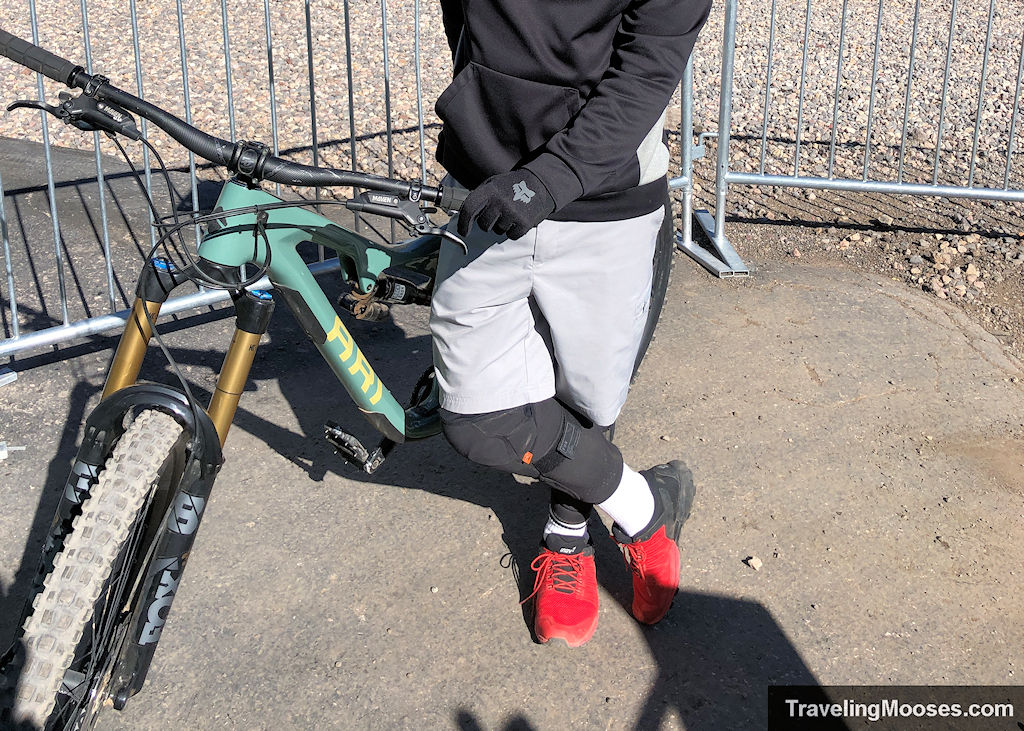
What to expect
- Fun trails and cool forest sections
- Rougher trail surface than the promo photos suggest
- Some uphill sections through the meadow portions
- Lift operations can experience delays
If you want more details, we wrote a full guide of our experience on Brian Head’s Downhill Biking Trail: Color Flow.
What We’d Do Differently
- Load the lift with just the two of us
- Ask the employee to load the bikes from the start
- Bring our own pads (their rentals work, but comfort isn’t their strong suit)
- Be mentally prepared for delays
- Expect a more technical surface than advertised
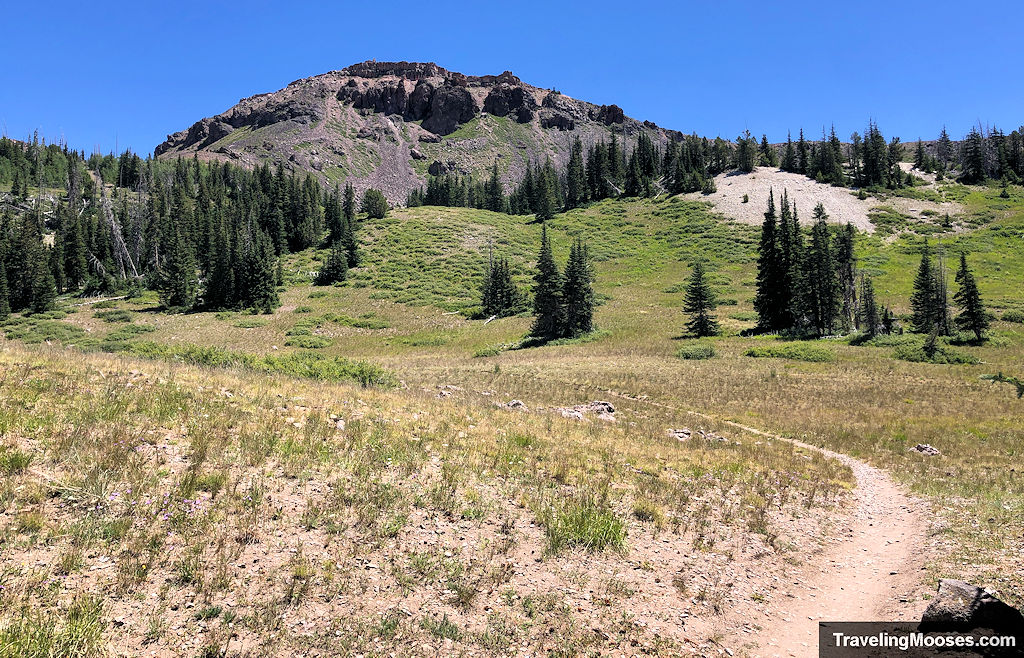
Evening: (Usually) Quiet Nights
We happened to be in town during a 50-year celebration weekend with fireworks and drone shows. Since these are not regular summer events, we’re leaving them out of the guide — but it’s worth knowing the town sometimes surprises visitors with small seasonal festivities.
Day 3: Cedar Breaks National Monument + OHV Adventure
This is the biggest day of the trip and delivers the best scenery.
Morning: Cedar Breaks Scenic Viewpoints
North View Overlook
North View was our first stop and where we purchased our Cedar Breaks entry pass. The short paved path is lined by a wooden fence and leads to a partially angled view of the amphitheater.
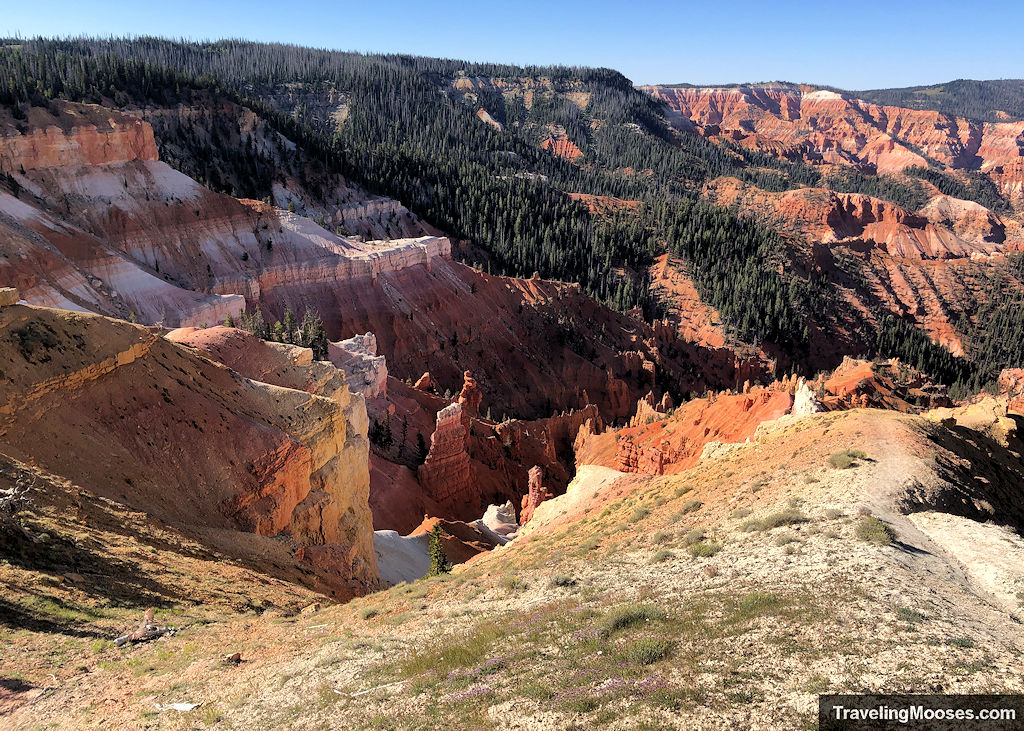
Sunset View Overlook
Next up was Sunset View Overlook. The name is misleading. This viewpoint works any time of day and provides a more central perspective than North View, but photographing the entire bowl requires a wide-angle.
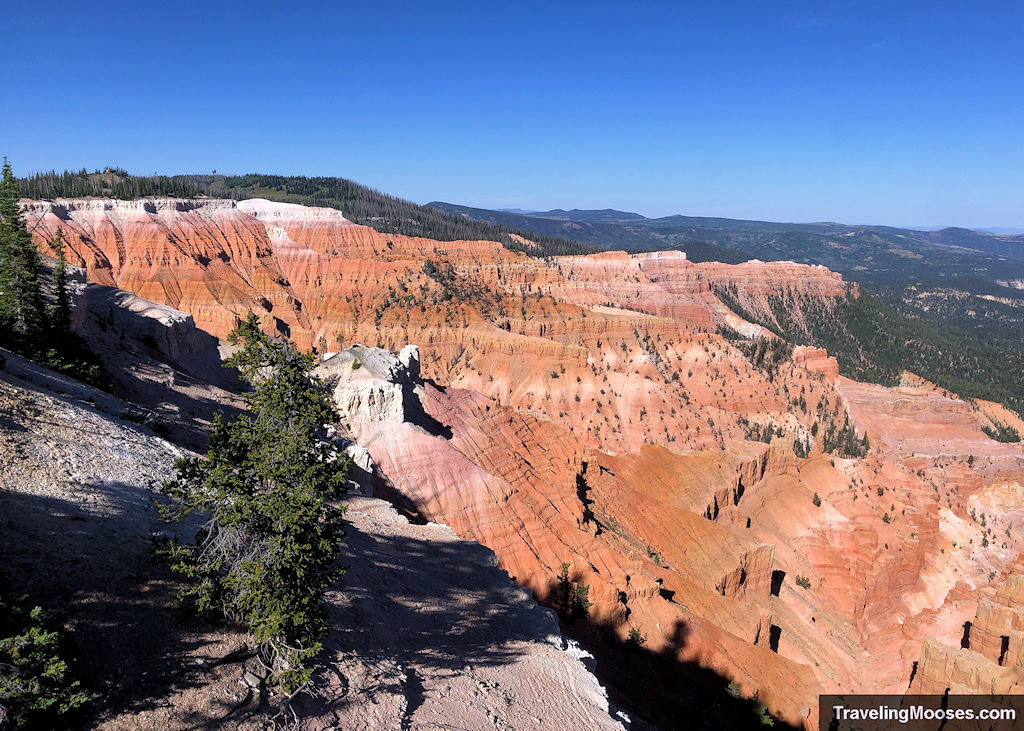
Point Supreme + Visitor Center
This viewpoint is accessed by the longest path of the four, though it is still a quick walk. It leads to a wide, beautiful panorama with a clear look toward Spectra Point.
This stop has the added benefit of the visitor center which includes a gift shop, restrooms and water.

Read more about our guide to the Cedar Breaks Viewpoints
Midday: Spectra Point → Ramparts Overlook → Bartizan Arch Trail
We consider this the top hike in Cedar Breaks and one of the best rim trails in SW Utah. It’s nonstop views, low crowds, and a perfect blend of effort and payoff. The hike leaves from the visitor center and pays off immediately as you walk around the amphitheater high above the hoodoos.

What We Liked
- Amphitheater views nearly the entire way
- Wildflowers and watchful marmots
- Very few people
- Endless photo ops
What We Didn’t
- The hot, exposed uphill return
- A few hikers stepping past railings
- Brief airy sections near Bartizan
- Almost no shade
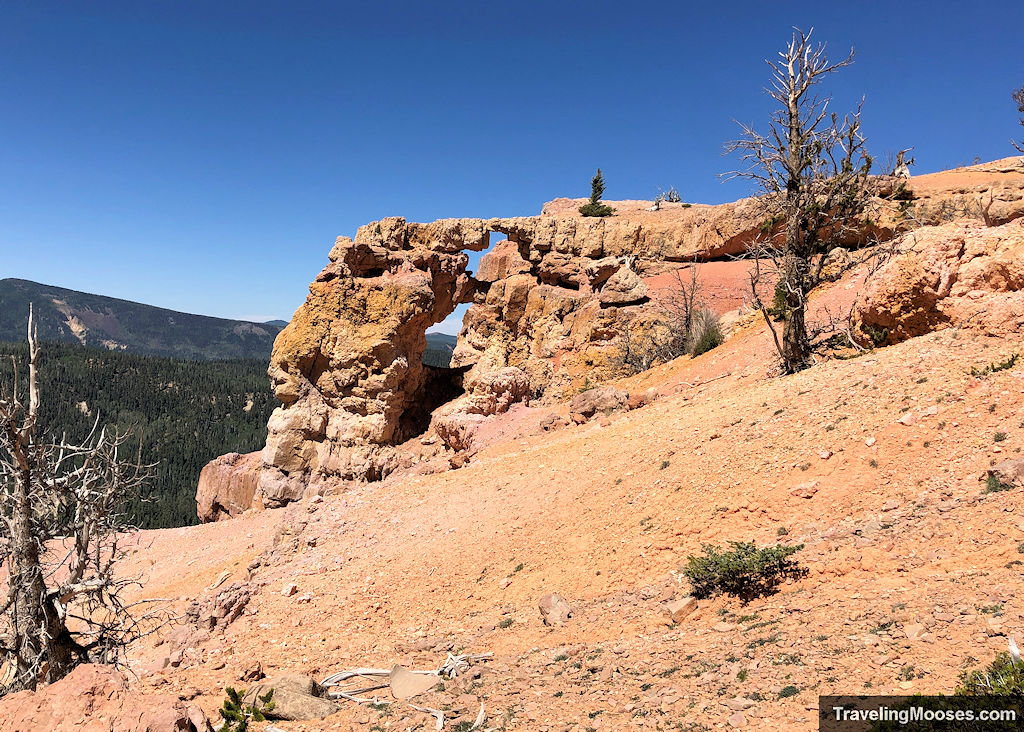
Trail Tip: Turn around at Spectra or Ramparts if the heat is building — the return climbs regardless of where you stop.
Read our guide on hiking the Spectra, Ramparts and Bartizan Arch Trail
Post-Hike Refuel: Pizanos
After the hike, we headed back to town to try out Pizanos. The chicken parm sandwich is a must-try on their menu and their Craft beer selection is solid.
Afternoon: 4-Hour OHV Adventure
We rented from UtahATVRentals.com and followed their mapped route. The navigation takes a little concentration, but the ride was a standout.
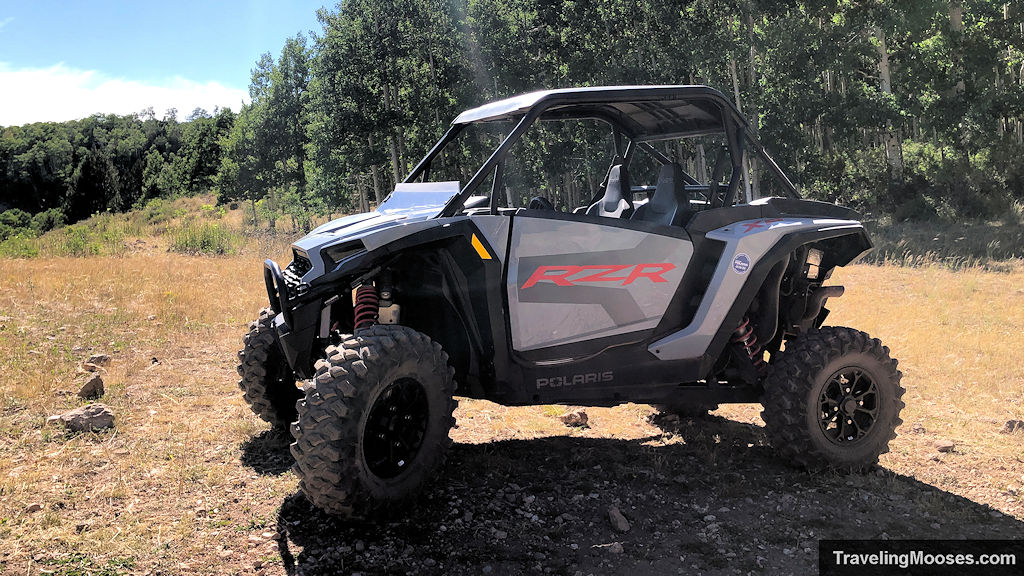
Trip Highlights
- High Mountain Scenic View
- Yankee Meadows Reservoir
- Wildlife (deer, sheep, cows)
- An old mysterious bus tucked in the woods
We easily could’ve used 6 hours instead of four; the loop feels rushed if you like stopping for viewpoints and photos.
Day 4: Alpine Pond Loop, Navajo Lake and Duck Creek Village
Morning: Alpine Pond Loop
A peaceful, low-effort loop through shady forest. It won’t blow your mind after Spectra, but it’s a lovely way to start the day.
What We Liked
- Cool forest shade
- Blooming wildflowers
- Birds, dragonflies, and easy terrain
- Calm pond views (depending on timing)
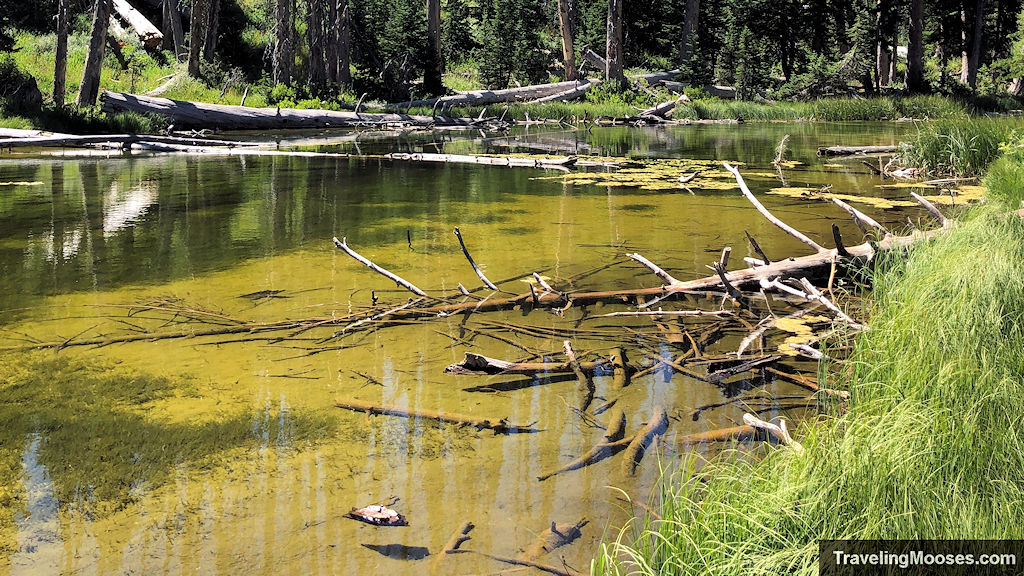
What We Didn’t
- Popular area near the pond
- Tight trail sections
- Highway noise on the upper loop
- Few canyon views unless you add Chessman Ridge
Chessman Ridge Overlook
This was our favorite viewpoint by a wide margin. We visited on a separate day while hiking the Alpine Pond Loop and were struck by how much more dramatic the amphitheater looks from this angle. The hoodoos stand tall and layered, the reds are vibrant, and the depth is clearer than any other official viewpoint.
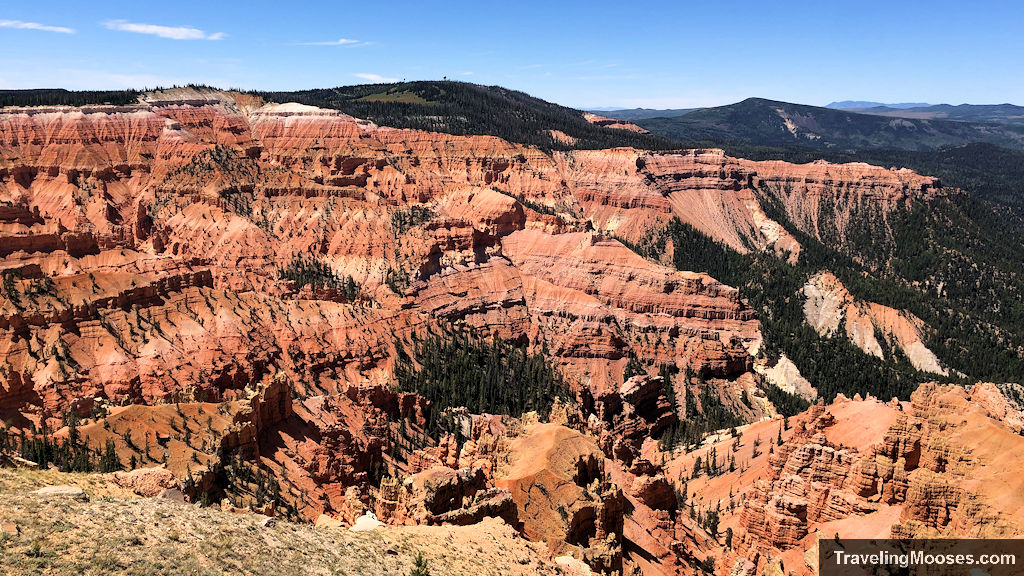
Midday: Navajo Lake Lodge
We went for potential kayaking, but conditions were a bust:
- You pay just to drive to the parking area
- Very windy, low water levels
- Awkward picnic setup with limited seating
If you’re planning to rent a powered boat, it might be worth it. Otherwise, it’s an easy skip.
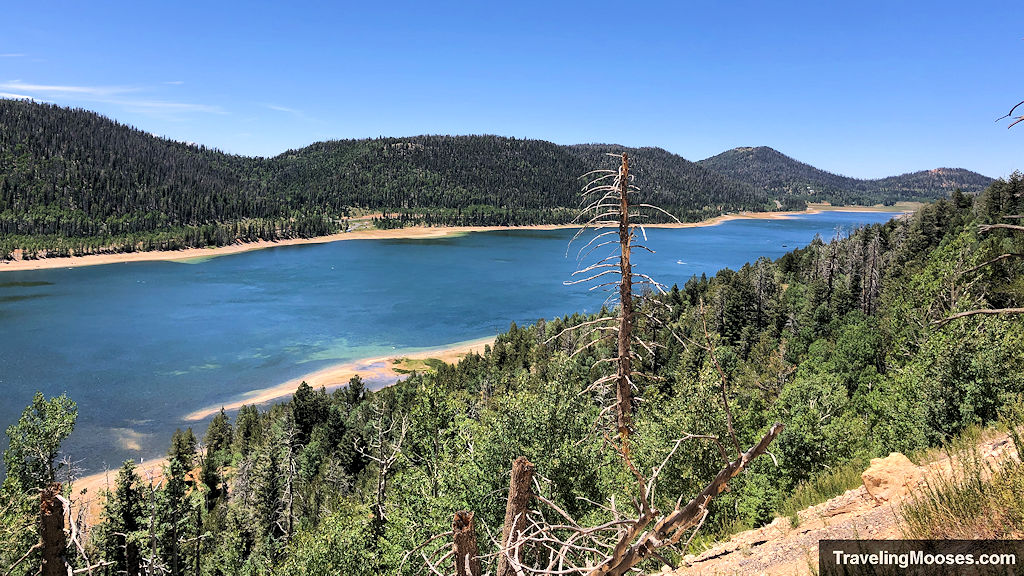
Duck Creek Village
A quick, mellow wander through a quirky mountain town. A good stop if you’re already out in that area, but not compelling enough to build a day around.

Day 5 – Parowan Canyon Disc Golf and Petroglyph Canyon
The Parowan Canyon course was a pleasant surprise. We only did 9 holes due to time, but it’s a fun, low-key stop.
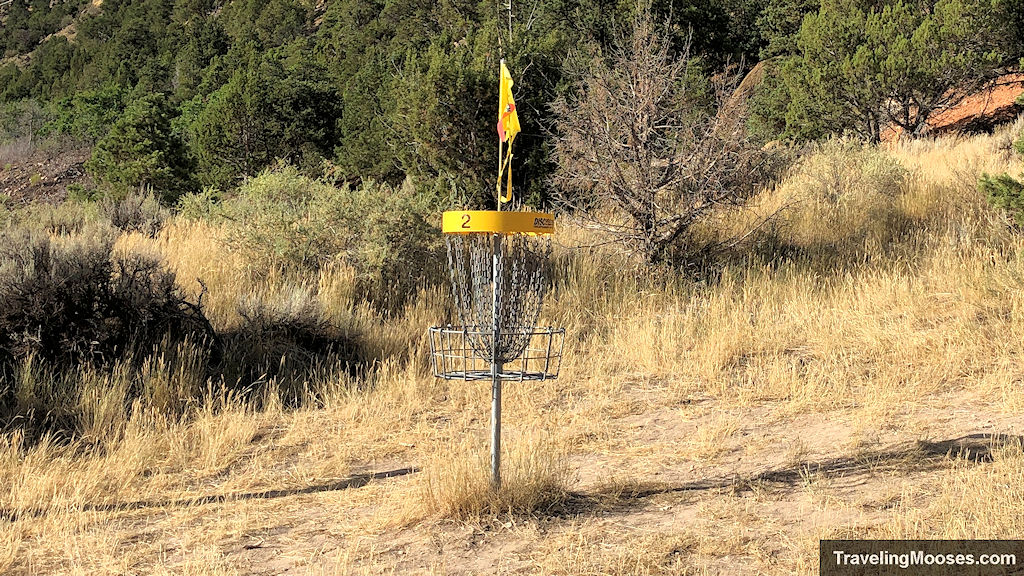
If you want to stick with a mountain course, Brian Head Resort does offer a lift-served disc golf, but it starts at the top of the chair lift and there’s a few things you should know:
- The scenic chair lift is not free to ride.
- If you want to hike up instead of taking the chair lift, you need a permit.
- You must get a permit the day before as there are limits on hours for when you hike up.
- The permit requirement is buried on their site. You can find it here.
- Employees often seem unaware of their own system.
Hiking without a permit gets you escorted off the mountain (ask us how we know). Riding the lift up and hiking down is allowed without paperwork.
If you love Disc Golf and hate red tape, you might want to stick with Parowan Canyon.
Parowan Gap Petroglyphs
The Parowan Gap Petroglyphs are in a remote location outside of Parowan. The day we visited it was hot and mostly empty of visitors. The petroglyphs are close the parking area and on a well defined walking path. If petroglyphs aren’t your thing we recommend skipping it. There’s nothing else nearby.

Optional Add-Ons
Here’s a few more options in the area we ran out time for and didn’t have a 4WD vehicle to explore.
- Brian Head Peak Road (seasonally open; great views, 4WD or a short-hike required)
- Ashdown Gorge (longer day hike; conditions vary)
- Panguitch Lake (better kayaking conditions than Navajo during our visit – but you’ll need to bring your own kayak)
- Ice Cave (Mammoth Lava Tube) – A short walk into lava tubes near Duck Creek.
- Cascade Falls – A scenic cliffside waterfall (seasonal) hike fed by Navajo Lake.
- Blowhard Mountain Lookout – An old fire tower site with big views.
- Twisted Forest – A surreal grove of ancient bristlecones overlooking Cedar Breaks.
- Strawberry Point – Big red-orange hoodoos and cliffs that feel a lot like a mini Bryce Canyon (4WD required)
What We Learned From Our Visit
- Lodging is limited mostly to Brian Head Resort and various Airbnb/VRBO rentals
- Spectra + Ramparts + Bartizan is worth prioritizing over multiple shorter hikes.
- Parking near lodging can be limited; we found walking around town was easier than driving.
- Navajo Lake looks great on a map but can vary depending on the weather conditions and water level.
- Pizanos was the most reliable and tasty meal option in town.
FAQs
Is Brian Head good for a short summer getaway?
Absolutely. Everything is close together, temps are cooler than most of Utah, and Cedar Breaks is right next door.
Which hike is better: Spectra Point or Alpine Pond?
Spectra is the dramatic rim hike; Alpine Pond is a pleasant forest stroll. If you only have time for one, we found Spectra to be the clear winner.
Is Brian Head walkable in summer?
We found most of things we needed were walkable from across the street by Giant Head Steps. Distances were short and traffic was generally light, but sidewalks are limited.

